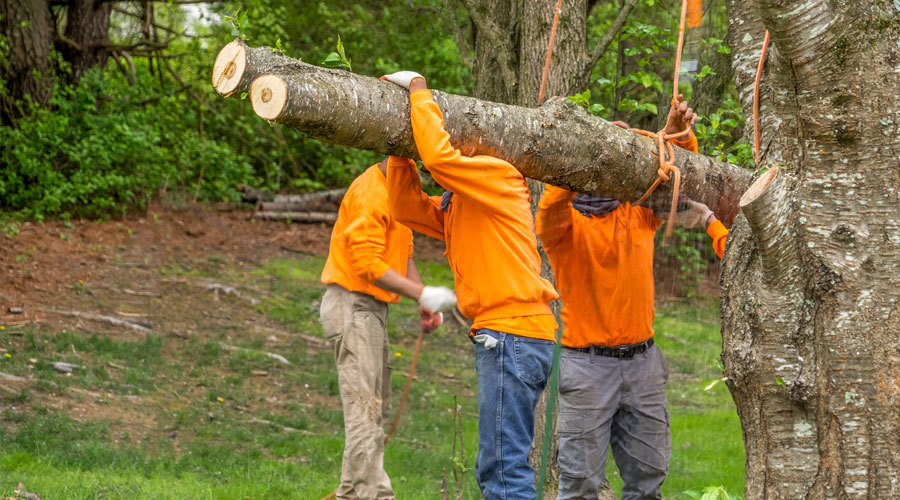
Right to Refuse Dangerous Work Explained
It’s everyone’s responsibility to detect workplace hazards and prevent accidents. The right to refuse dangerous work policy is in place to encourage you to keep an eye out for potential workplace safety hazards. This article defines the right to refuse dangerous work, explains who it applies to and outlines the process used to resolve work refusal.
What Is the Right to Refuse Dangerous Work?
The right to refuse dangerous work is part of the Canada Labour Code (Code). It states that an employee may refuse work in the following situations:
- Using or operating a machine that constitutes a danger to the employee or to another employee
- Working in a dangerous location
- Performing an activity that constitutes a danger to the employee or another employee
The Code includes certain exceptions for circumstances where refusal would put another person’s life, health or safety directly in danger or the danger in question is a normal condition of employment.
The Code defines danger as “any hazard, condition or activity that could reasonably be expected to be an imminent or serious threat to the life or health of a person exposed to it before the hazard or condition can be corrected or the activity altered.”
Who Has the Right to Refuse Dangerous Work?
Every employee has the right to refuse dangerous work. You should feel comfortable and empowered to call out unsafe work conditions or hazardous behaviours of co-workers, vendors or anyone else on the job. In order for the right to refuse dangerous work to be successful, total participation is required.
It’s important for you to understand that there will be no punishment or retaliation for reporting unsafe work conditions. Anyone has the ability to question the safety of another person’s actions in the workplace, regardless of seniority or discipline. In addition, all supervisors actively support the right to refuse dangerous work, take all safety concerns seriously and will work to address any issues that are brought to their attention.
You should know from initial and ongoing training how to recognize unsafe work behaviours and conditions, including:
- Violations of Occupational Health and Safety standards or organizational policies
- Inadequate or lack of training, including the need for remedial and ongoing instruction
- Inadequate, damaged or improperly used equipment
- Fire hazards
- Fall hazards
- Near-miss incidents
What Is the Procedure for the Right to Refuse Dangerous Work?
Now that some of the unsafe conditions that may necessitate the need to engage the right to refuse dangerous work have been discussed, the steps involved can be broken down.
- Stop the unsafe work. Affected employees should stop working and call attention to the perceived safety hazard at hand.
- Notify a supervisor. Workers must report their refusal to work to their supervisor and explain why they believe the work to be dangerous.
- Investigate the issue. The employer should immediately investigate the situation in the presence of the employee or a person designated by the employee if they choose not to be present. Once the investigation is complete, a written report should be prepared with a conclusion of the findings.
- Fix the problem. In the event that the condition or behaviour is deemed unsafe, the problem must be fixed.
- Resume work. Once the problem has been fixed, the employer should notify the workplace committee or representative of the situation’s resolution. From there, work operations can resume. If the employee continues to refuse work, the workplace committee or representative will initiate an investigation.
Conclusion
The right to refuse dangerous work is intended to keep the working environment safe. Supervisors are available to help with any questions or concerns you may have about these procedures.
For more information on risk management, or to find out how to reduce your insurance costs call CMB at 780.424.2727 or click here to get a quote.
